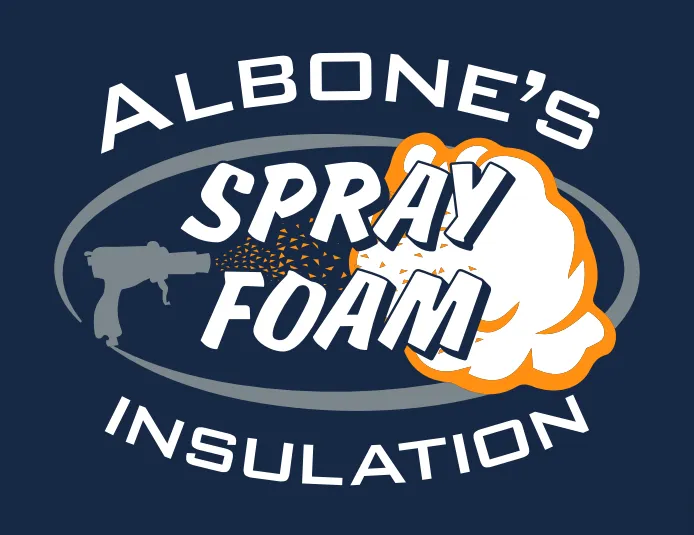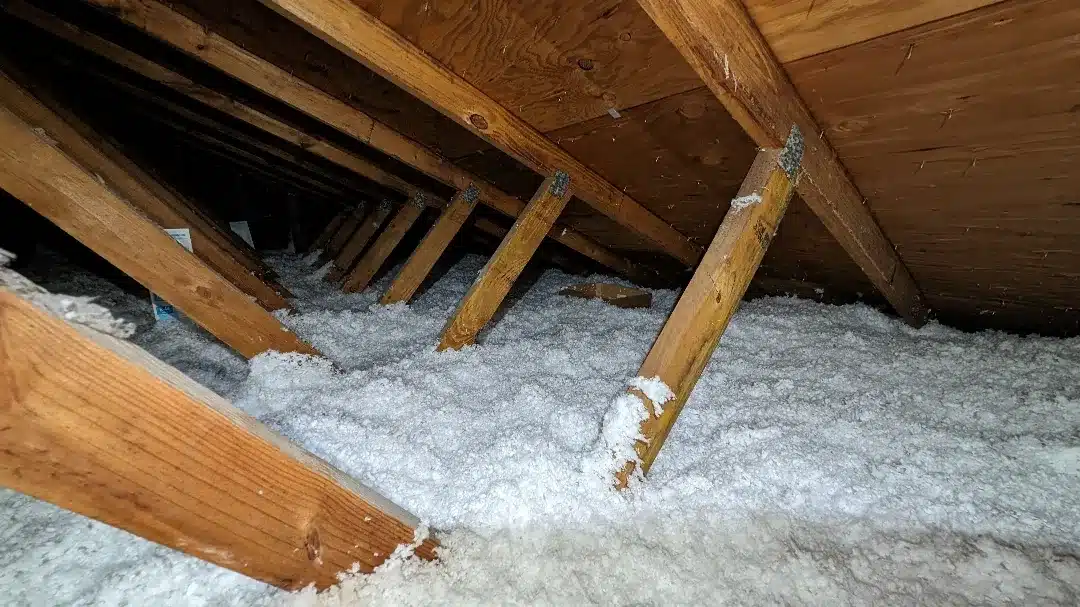Blown-in fiberglass insulation is an efficient and cost-effective way to improve energy efficiency and comfort in homes. For residents of Niagara Falls, NY, the seasonal temperature extremes make insulation essential for maintaining indoor temperature and reducing energy bills. This guide outlines the process of installing blown-in fiberglass insulation, helping homeowners understand what to expect and why professional installation ensures the best results.
Benefits of Blown-In Fiberglass Insulation
Blown-in fiberglass insulation offers several advantages:
- Energy Efficiency: Reduces heat loss in winter and heat gain in summer.
- Noise Reduction: Dampens sound transmission between rooms and from outside.
- Eco-Friendly: Often made from recycled materials.
- Adaptability: Fits into irregularly shaped spaces and small cavities.
With these benefits in mind, let’s delve into the installation process.
Preparing for Installation
Proper preparation is key to achieving effective insulation:
1. Assessing the Space
Begin by identifying the areas that need insulation. Common spaces include attics, walls, and crawlspaces. A professional evaluation ensures the correct amount of insulation is used to meet building codes and achieve optimal thermal performance.
2. Gathering Tools and Materials
For blown-in fiberglass insulation, the following tools and materials are necessary:
- Blown-in insulation material
- Insulation blower machine
- Protective gear (gloves, goggles, and mask)
- Measuring tape
- Utility knife
3. Sealing Air Leaks
Before installing insulation, seal any air leaks with caulk or spray foam. Address gaps around windows, doors, and plumbing penetrations to prevent air movement that reduces insulation efficiency.
Installation Process
The installation involves several precise steps to ensure the insulation performs as intended.
1. Preparing the Blower Machine
A specialized blower machine is used to distribute the fiberglass material. Follow these steps:
- Place the machine outside or in a well-ventilated area.
- Load the fiberglass insulation into the hopper.
- Adjust the settings for consistent material flow.
2. Installing in Attics
Attics are one of the most common areas for blown-in insulation:
- Mark the desired insulation depth with rulers or depth gauges throughout the attic.
- Begin at the farthest point from the attic entrance and work towards the exit.
- Use the blower hose to evenly distribute the insulation, maintaining the marked depth.
3. Insulating Walls
For walls, blown-in insulation can be added to existing or new constructions:
- Drill small holes in the drywall or exterior siding to access wall cavities.
- Insert the blower hose into the holes and fill each cavity until the material reaches the desired density.
- Seal the holes with patches or plugs after filling.
4. Addressing Crawlspaces
Crawlspaces require proper insulation to prevent heat loss:
- Use the blower to apply insulation to the underside of the flooring.
- Ensure even coverage and avoid leaving gaps that could compromise performance.
Safety Measures During Installation
Safety should be a priority during installation:
- Wear protective gear to avoid skin and respiratory irritation from fiberglass particles.
- Follow the manufacturer’s guidelines for machine operation.
- Ensure proper ventilation in the workspace to minimize dust accumulation.
Post-Installation Inspection
After installation, inspect the insulated areas to ensure:
- Even distribution of the material.
- Adequate coverage with no visible gaps or thin spots.
- Proper sealing of access holes and air leaks.
A professional installer will also verify that the insulation meets energy code requirements and achieves the desired R-value.
Why Choose Professional Installation
While DIY installation is possible, professional services like those offered by Albone’s Spray Foam in Niagara Falls, NY, provide several benefits:
- Precision: Experts ensure even coverage and compliance with energy codes.
- Efficiency: Faster completion with professional-grade equipment.
- Expertise: Knowledge of local climate conditions and optimal insulation techniques.
To schedule a consultation, call Albone’s Spray Foam at (585) 560-1369 or email info@albonesprayfoam.com.
Conclusion
Blown-in fiberglass insulation is a practical solution for improving energy efficiency and comfort in homes throughout Niagara Falls, NY. By following the steps outlined above and working with professionals like Albone’s Spray Foam, homeowners can enjoy lasting benefits. For expert installation, contact Albone’s Spray Foam at (585) 560-1369 or email info@albonesprayfoam.com today.
Common Questions About Blown-In Fiberglass Insulation
How much does blown-in fiberglass insulation cost?
Costs vary based on the size of the area and the amount of material required. On average, homeowners can expect to pay $1–$2 per square foot.
How long does the installation process take?
Most projects are completed within a day, depending on the size and complexity of the space.
Is blown-in fiberglass insulation safe for homes?
Yes, it is non-toxic and fire-resistant. Proper installation minimizes any risk of airborne fibers.
Can blown-in insulation be added to existing homes?
Yes, it’s ideal for retrofitting existing homes by accessing wall cavities through small holes.
How does fiberglass insulation compare to other types?
Fiberglass is cost-effective, easy to install, and provides good thermal performance. Other types, like spray foam, may offer higher R-values but at a higher cost.
Does insulation lose its effectiveness over time?
Fiberglass insulation can settle slightly over time but generally maintains its performance for decades if installed correctly.
Can I install blown-in insulation myself?
While possible, professional installation is recommended to ensure even coverage and compliance with building codes.
What R-value should I aim for in Niagara Falls, NY?
For optimal energy efficiency, aim for an R-value of R-49 to R-60 in attics and R-13 to R-21 in walls, depending on the space.
How do I know if my home needs more insulation?
Signs include high energy bills, uneven temperatures, and drafts. A professional energy audit can provide a definitive answer.
Does blown-in insulation reduce noise?
Yes, it significantly dampens sound transmission, making your home quieter.




